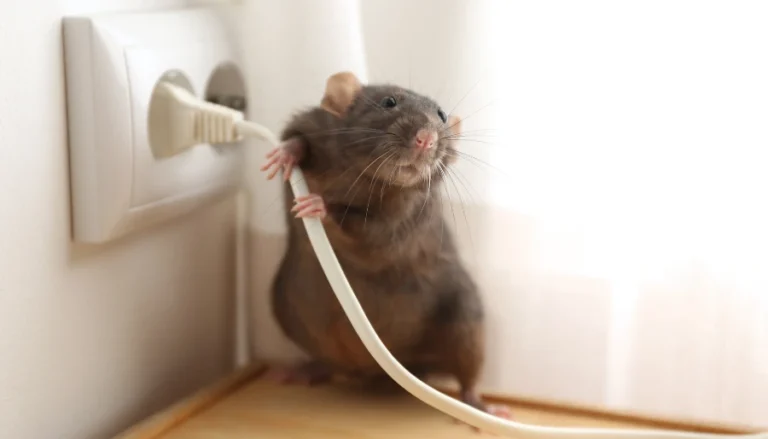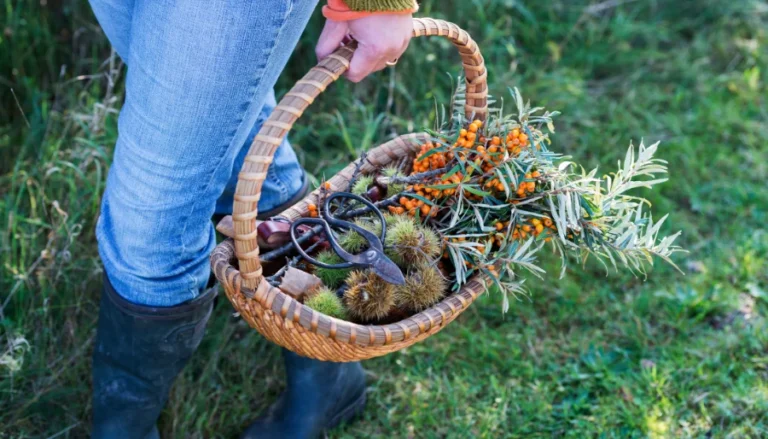In a groundbreaking development, scientists at Tampere University in Finland have successfully created Flying Aero-robots based on Light Responsive Materials Assembly (FAIRY). These miniature nanorobots, devoid of skeletons and incredibly lightweight, have been designed to carry out pollination in areas where natural insect pollinators are scarce.
Published in the esteemed Advanced Science journal on December 27th, 2022, the researchers’ project showcases a soft robot prototype that responds to environmental stimuli, particularly wind, and is controlled through the power of light.
Revolutionizing Pollination with Nanorobots
Traditional pollination processes are heavily reliant on insects and birds for the transfer of pollen between flowers, ensuring the continuation of plant life.
However, factors such as habitat loss, climate change, and pesticide use have led to a decline in natural pollinators, posing a threat to global agriculture and biodiversity.
In response to this challenge, the Finnish research team at Tampere University has developed a cutting-edge solution in the form of FAIRY nanorobots.
How FAIRY Nanorobots Work
The FAIRY nanorobot consists of a unique actuator constructed using light-sensitive liquid-crystal elastomer technology. When exposed to visible light, this innovative material triggers a series of hair-opening or closing actions, enabling the nanorobot to perform precise movements.
By harnessing the power of environmental stimuli, particularly wind patterns, the FAIRY nanorobots can navigate their surroundings effectively.
Advantages of FAIRY Nanorobots
The development of FAIRY nanorobots brings forth numerous advantages and opportunities.
Firstly, these nanorobots can operate in environments where traditional pollinators cannot reach, such as enclosed spaces or regions lacking in insects due to various ecological factors. This capability offers a significant breakthrough in addressing pollination challenges faced by greenhouse agriculture and urban farming.
Furthermore, FAIRY nanorobots can be programmed to pollinate specific plant species, allowing for targeted and efficient pollination processes. This level of precision not only enhances plant productivity, but also minimizes the potential for cross-pollination with unwanted plant varieties.
Potential Implications and Future Outlook
The successful development of FAIRY nanorobots marks a significant advancement in the field of pollination technology. These nanorobots have the potential to revolutionize agriculture, ensuring reliable crop production and contributing to global food security.
As researchers continue to refine the FAIRY nanorobot technology, there are exciting possibilities for incorporating artificial intelligence and machine learning algorithms to enhance their functionality.
By equipping these nanorobots with advanced sensors and autonomous capabilities, they can adapt to dynamic environmental conditions and perform more complex tasks.
It is important to note that the introduction of FAIRY nanorobots does not replace the essential role of natural pollinators but serves as a complementary solution in scenarios where traditional pollination methods are insufficient.
More To Discover
- Wind-Powered Cargo Ships with Sail-Like ‘Wings’ Aim to Reduce Fuel Usage by 30% And Now We Have One In Operation
- Red Mud Goes Green: How a Simple Process is Turning Mining Waste into Climate-Friendly Steel
- Disassembly Lab Sneaker: Pioneering Sustainable Design in Footwear
- Geothermal Drilling Speeds Up by 70%, Costs Slashed by Half Since 2022
The development of FAIRY nanorobots by Finnish researchers at Tampere University represents a significant milestone in addressing pollination challenges.
These lightweight, soft nanorobots, guided by environmental stimuli and controlled through light, offer a promising alternative for pollination in areas with limited insect activity.
With further advancements and integration of advanced technologies, nanorobots could play a crucial role in securing global food supplies and sustaining ecosystems in the face of environmental changes.






















